Shorebirds and Waterfowl














































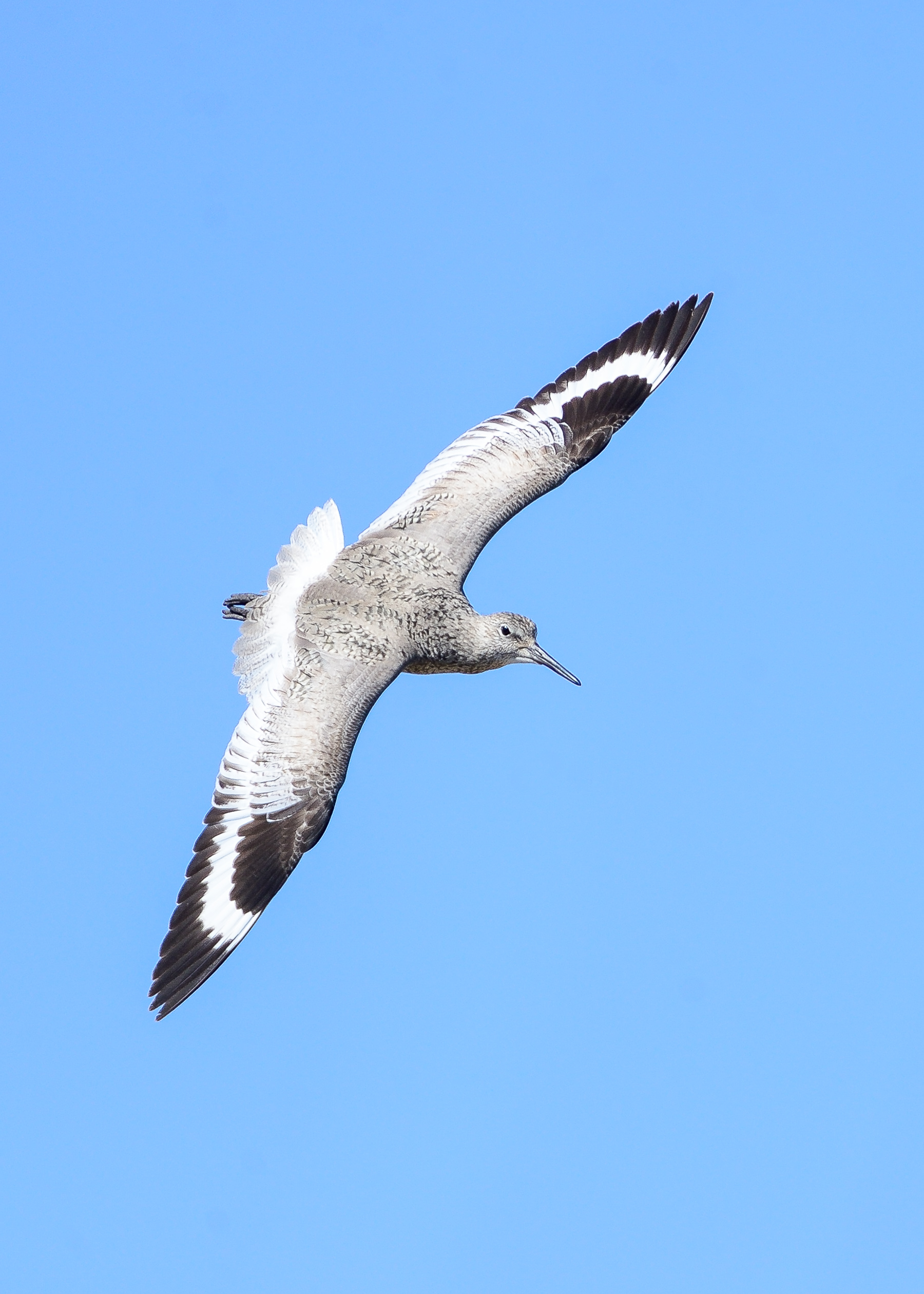













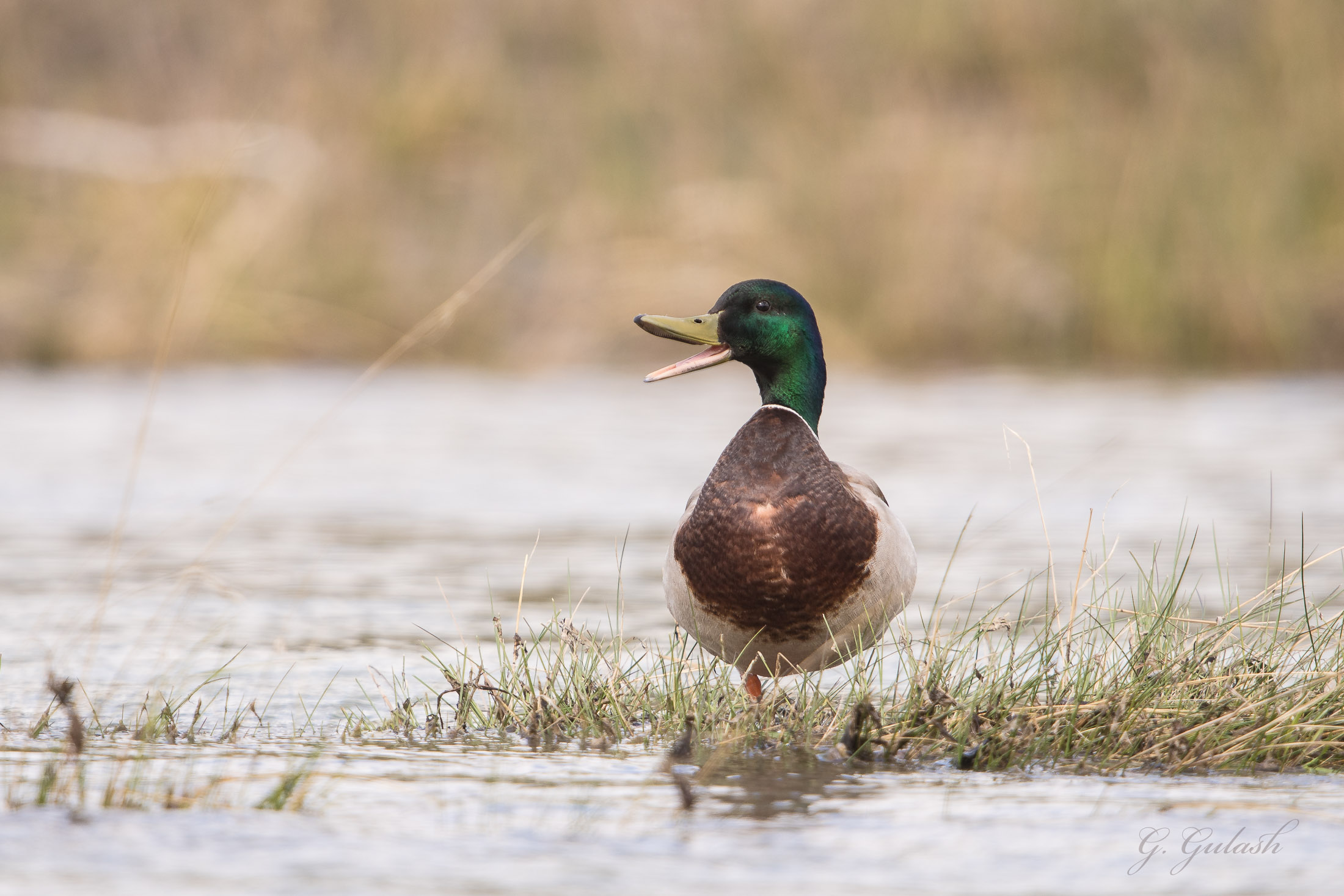

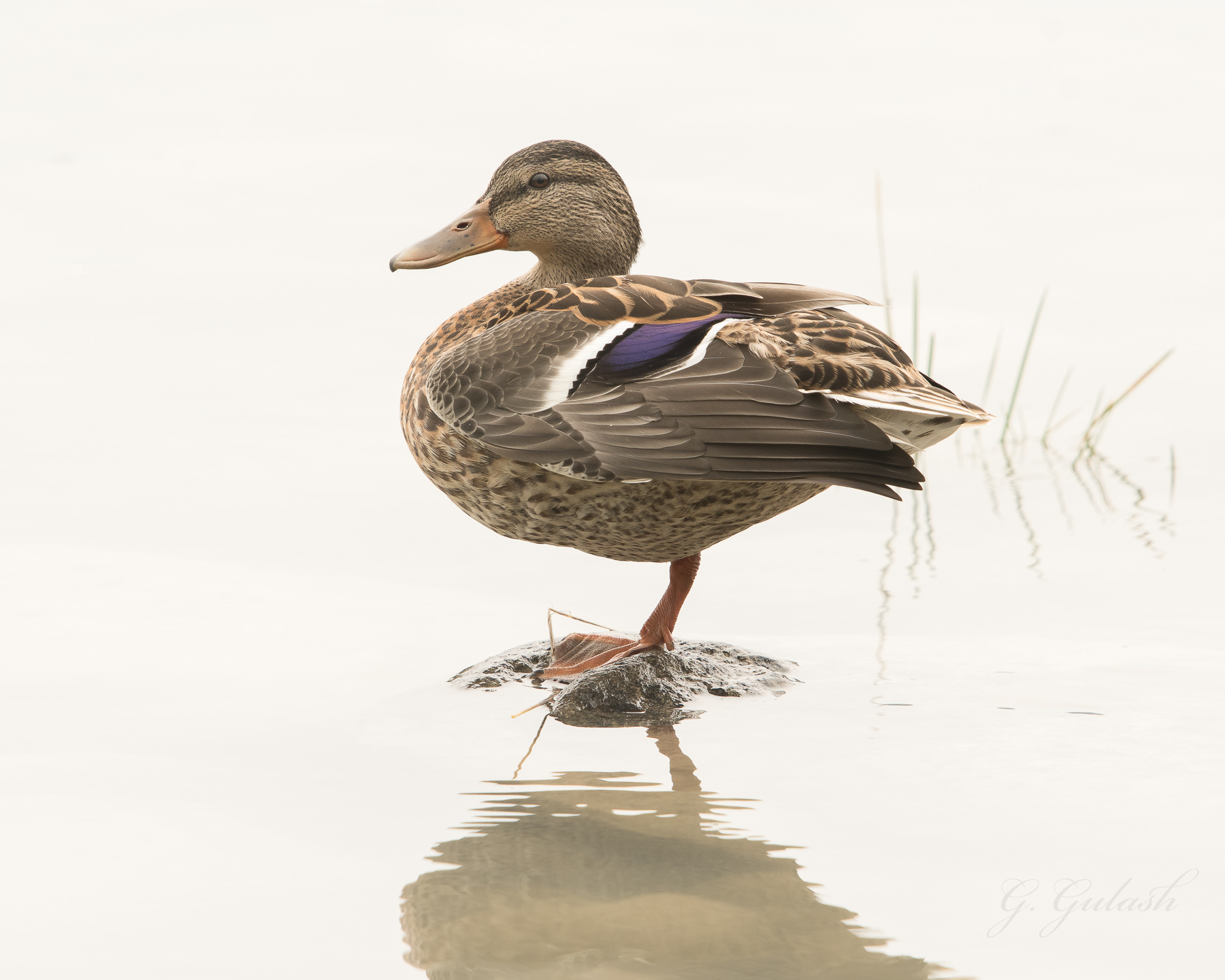


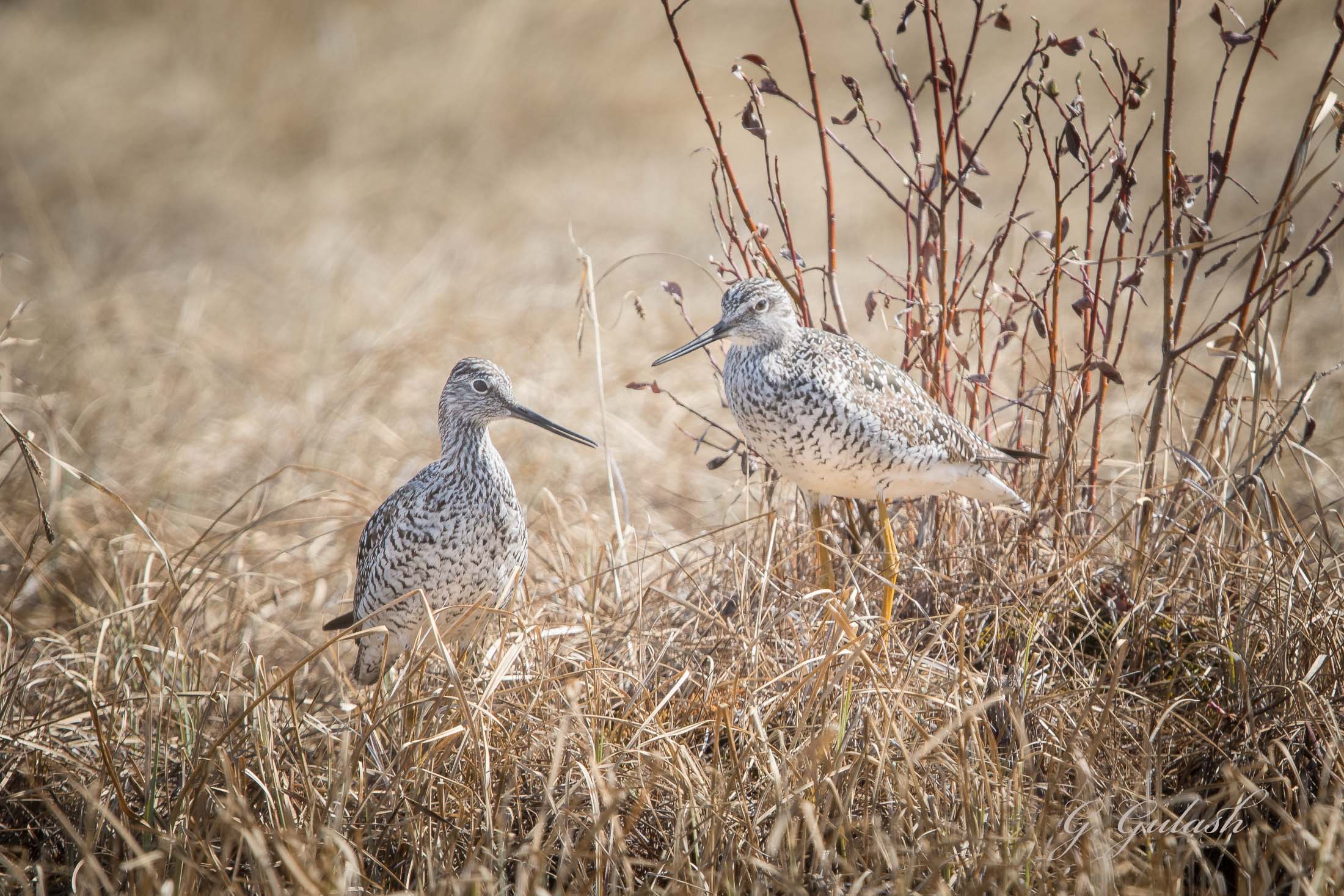
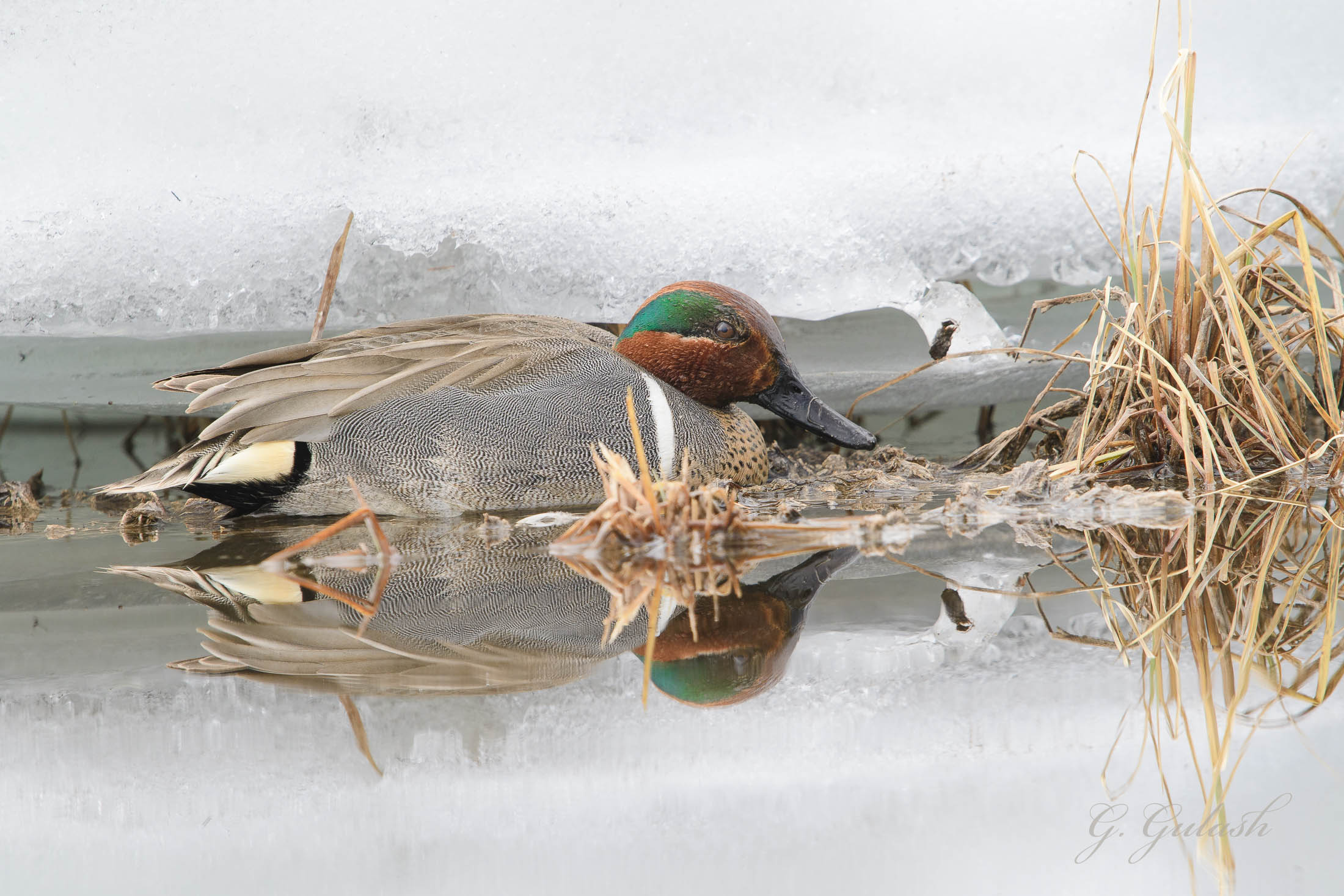
I was pleased to find a nice flock of these birds on their southern migration late fall 2016.
There is a unique beauty to birds in flight that is wonderful. These are Northern Shovelers.
I find the male of this species to be exceedingly difficult to photograph and properly capture the iridescent feather coloration.
Don't call me a duck, cause I aint!
The big bird of the marsh.
These birds migrate from South America to the Arctic and back annually, quite the trip.
These birds use their bill up and down to feed, like a sewing machine. I found a flock of them mixed with some Wilson's Snipe during fall migration.
It was midday, a time to put away the camera usually as the light is too harsh. In this case I think it turned out ok.
I remember my wildlife instructor, Leroy Royer at Kelsey in Saskatoon telling the class that Goldeneye is the DUCK, Goldeye is a FISH - don't forget, I never did.
Just hanging out on some shallows on the Athabasca River.
In the spring the big birds, such as these Canada Geese, arrive first to northern Alberta.
I like photographic compositions that are simple, clean elements that are easy to understand. The falling snow here helps to let the geese stand out and the color pallet is basic.
The ice hasn't completely left the ponds yet but no time to waste for ducks in the spring.
Had to close down the lens to get enough depth of field to get everybody in focus.
These guys look weird perching in trees in my opinion with those long spindly legs.
Common Loons aggregate into groups, some quite large, in preparation for their migration west.
Pretty....
Loons always seem so well groomed, slick and never a feather out of place.
These birds are well adapted to their watery environment but they seem vulnerable, requiring solitude and quality habitat to thrive.
Whenever I see this species of Sandpiper my mind goes to Neil Diamond singing "Solitary Man"...a real ear worm for me.
Their is a ring on the neck of these ducks, it isn't very distinct usually though.
The way this Tundra Swan is looking down reminds me of the myth of Narcissus who looked into the water and saw his own reflection. I believe this is a Tundra Swan because there is a noticeable yellow spot on the lore (just in front of the eye) that is not present in Trumpeter Swans apparently.
A trip to Saskatchewan in the fall one year yielded me some Whooping Crane sightings and a few photos. There are a few smaller Sandhill Cranes interspersed in this group.
May they always grace the sky.
I think this loon is about to dive, you can see how the front of the bird is getting low in the water.
These young mergansers were running on the surface of the water, typical behavour prior to takeoff.
I love to use my kayak to explore local lakes and sometimes if I'm lucky, take photos. I believe this is a Bonaparte's Gull, based on the breeding plumage black head and orange feet, white eye ring. However, the black wing tips are supposed to be white, a bit of a mystery to me.
This species nests in trees, quite unique.
Snowshoes might be more appropriate than webbed feet...
In "breeding" plumage of course. Photographed at Big Lake, near St. Albert, Alberta.
On the ground this rather large shorebird is a rather inconspicuous grey bird but when it takes to the air the contrasty black and white of the wings is striking and likely a threat to predators after their young.
In this species the male is drab and the female is the more colourful of the species, suggesting this is a female.
These attractive ducks nest along swift flowing rivers in the Rockies